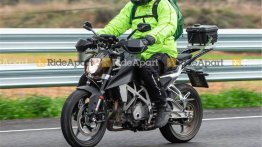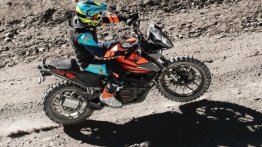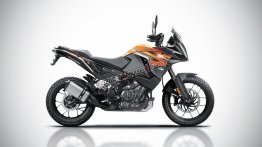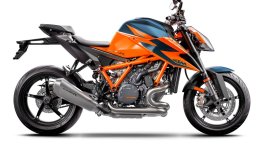KTM India is yet to officially announce the booking or launch details of the 790 Duke. However, dealerships in Mumbai and Pune are still accepting bookings for the KTM 790 Duke for an amount of INR 30,000 unofficially.

According to our sources, the KTM 790 Duke will launch in the first half of 2019, somewhere around April or May. However, a few media reports suggest that the bike will be introduced by as early as March next year. With that said, KTM India has clarified that the 790 Duke is under evaluation for the Indian market.
Reports say that KTM will assemble the 790 Duke at the Chakan facility near Pune, and also that it is considering sourcing some components locally to bring the cost further down. Furthermore, KTM’s Chief Sales Officer - Hubert Trunkenpolz, has revealed that this model's platform is designed and optimised to be locally assembled across multiple locations globally.
The KTM 790 Duke is likely to be priced around INR 7 lakh (ex-showroom) or under INR 9 lakh (on the road). At these price points, the 790 Duke will be a stellar competition to the likes of the Kawasaki Z900, Triumph Street Triple S, Ducati Monster 821, Suzuki GSX-S750 and others.
The KTM 790 Duke comes equipped with an exhaustive electronic package that includes a two-way Quick-shifter, Motorcycle Stability Control, Cornering ABS with Supermoto mode, Motor Slip Regulation (MSR), multiple Riding Modes and a TFT LCD unit for the instrument console with Bluetooth enabled Smartphone connectivity. The motorcycle features Traction Control System with a dedicated Track Mode, Launch Control, Anti-Wheelie Control, Throttle Response Control, Traction Control Spin Adjuster, and much more.
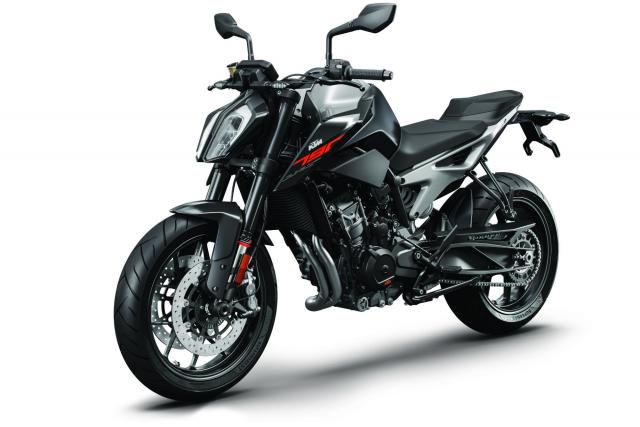
Also Read: EICMA 2018: KTM 790 Adventure range revealed - India Bound?
Powering the KTM 790 Duke is a 799cc, liquid-cooled LC8c parallel-twin motor that is capable of churning out 105 PS of power and 86 Nm of peak torque. It is mated to a PASC slip-assist clutch enabled 6-speed transmission. The engine gets a 270-degree firing order to mimic the V-Twin rumble while a secondary balancer shaft minimalises vibrations.








